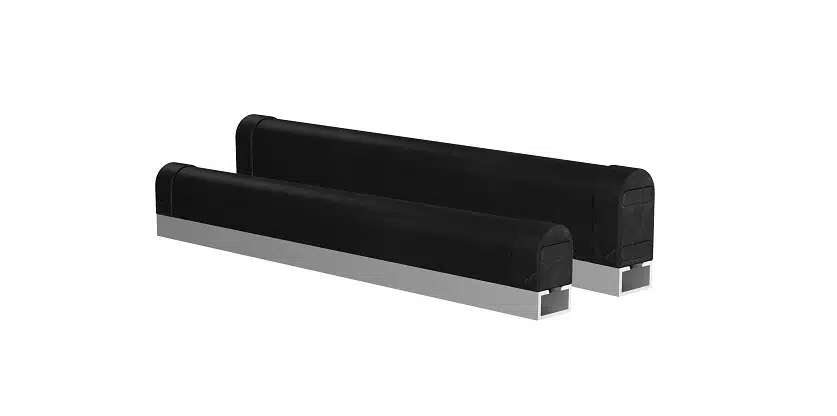Last edit: 13/07/2023
Applied to a moving object, they are aimed to reduce the risk due to contact with the person’s body. There are two types of contact between the body and the moving parts:
- Quasi-static contact: includes situations of locking or crushing in which a part of a person’s body is trapped between a moving part and another fixed or mobile part.
- Transient contact: this describes a situation in which a person’s body part is impacted in free space and the body part can recoil or retract from the hazard without clamping or trapping the contacted body area, thus making for a short duration of the actual contact.
Moving components will continue to move for a finite distance after the safety function is activated. In addition, it must be multiplied by a safety factor and used to determine the most appropriate edge/bumper as follows:
- Choose a minimum safety factor of 1,2 (depending on nominal load, actuator, static or dynamic situation, edge design and construction/bumper, and probability of misuse or application).
- If other factors exist, a higher safety factor should be taken.
- If the expected risk reduction is not a complete shutdown of the moving element, then it must be 1,0 ≤ e < 1,2.

Safety in Collaborative Robotics
There is no “Collaborative Robot”. That is one of the first statements you hear from people working in Collaborative Robotics. The reason is because...